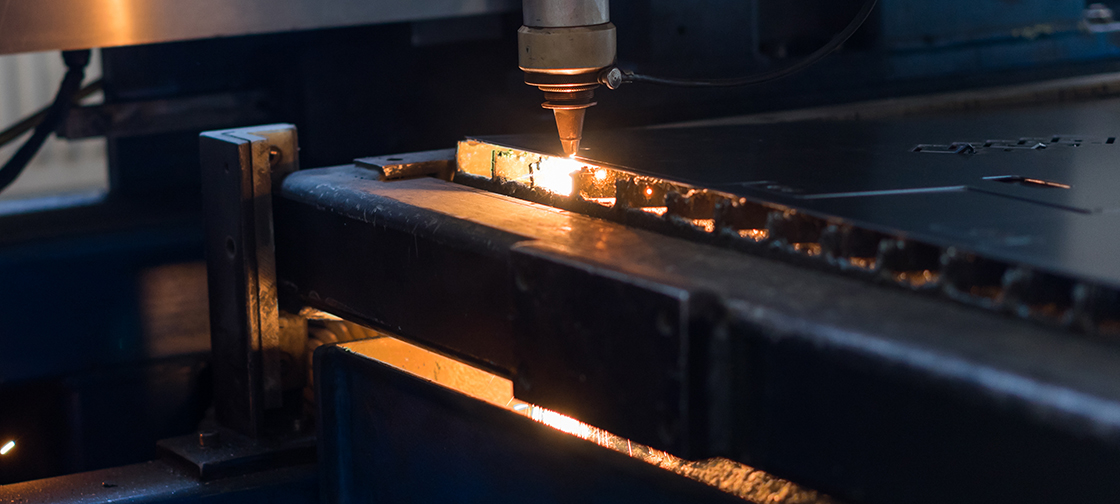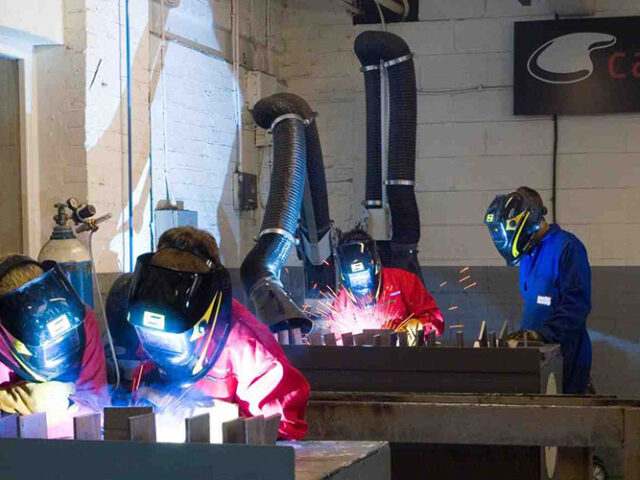Using short-pulse laser technology, we are attempting to venture deeper and deeper into the microscopic world. As far back as the early 1990s, when I was working on my doctorate at TU Wien, I was particularly fascinated by the idea of venturing into ever smaller dimensions of space and time using the extremely short pulses of light that new lasers were making possible in those days – even before I knew what practical use the resulting knowledge might have.
The field was then and still is largely unresearched, and it has enormous potential. Back in 1999, Ahmed H. Zewail was awarded the Nobel Prize in Chemistry for his pioneering work on femtosecond spectroscopy, and the 2018 Nobel Prize in Physics honours the contributions of Donna Strickland and Gérard Mourou for the generation of ultrashort, high-intensity laser pulses. We are building on this work. Today, we are interested in gaining a better understanding of microscopic processes involving electrons, atoms and molecules. We also want to find out how these processes affect macroscopic phenomena so that we can then put this knowledge into practice. In the early 2000s, as part of this work, we generated and measured the world’s shortest pulses, in the attosecond region. This allowed us to make real-time observations of electron movements on the atomic scale for the first time.
These movements play an important role in many macroscopic processes: they can cause molecules to disintegrate or form new bonds and can therefore impart new functions to biologically relevant molecules or cause them to lose their biological effect. As a result, these processes play a fundamental role in determining how living organisms function and how diseases develop. If we know more about them, we might be able to develop new medications to combat serious diseases such as cancer.
Electrons are also the central protagonists of modern electronics. Accordingly, if we want to continue improving the efficiency and performance of electronic devices such as smartphones or computers, for example, we will need to improve our understanding of – and ability to control – electron movements on ever smaller scales.
Source: “An expedition into ever smaller dimensions of the microworld”, Max Plank Schools




